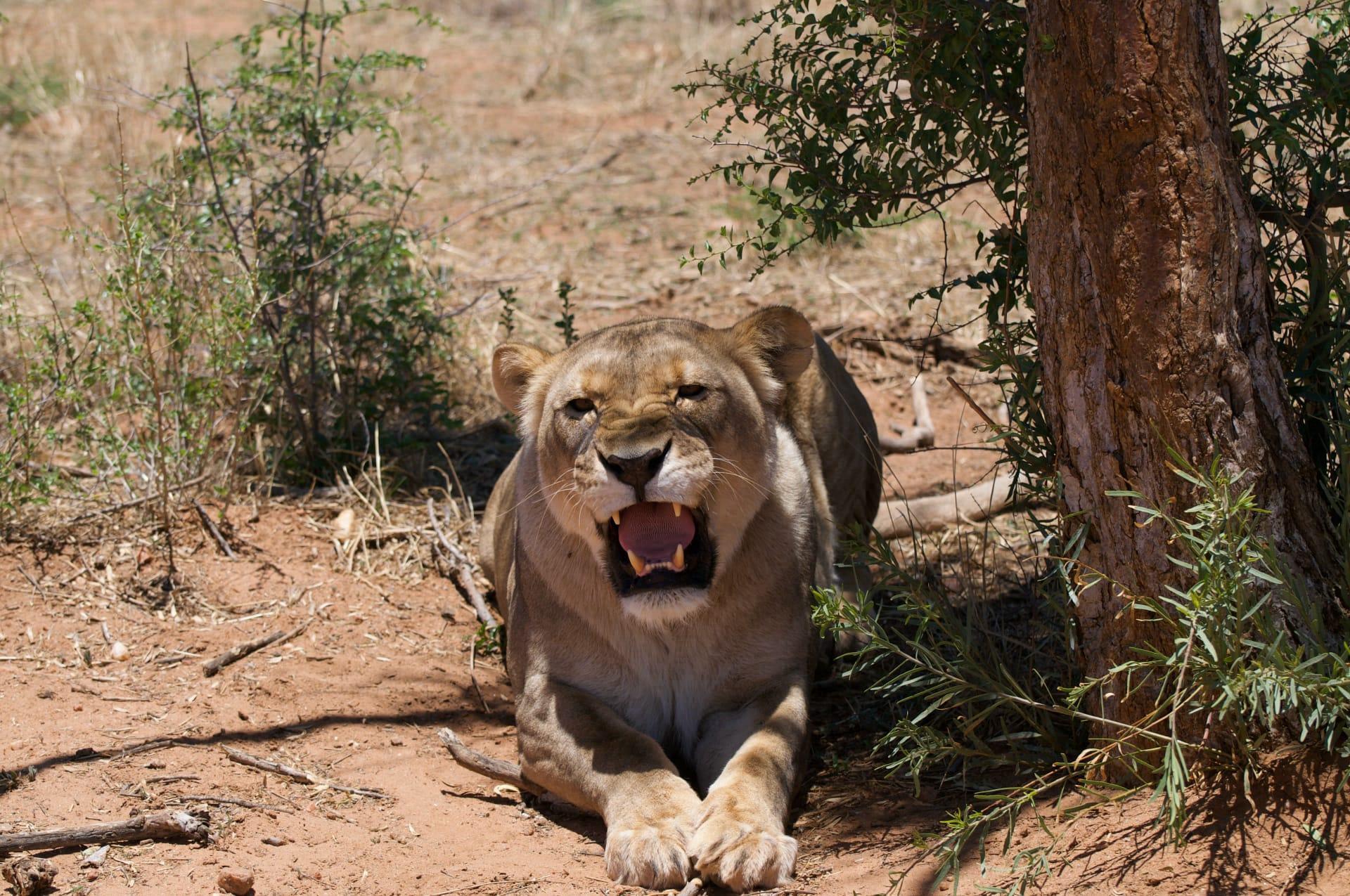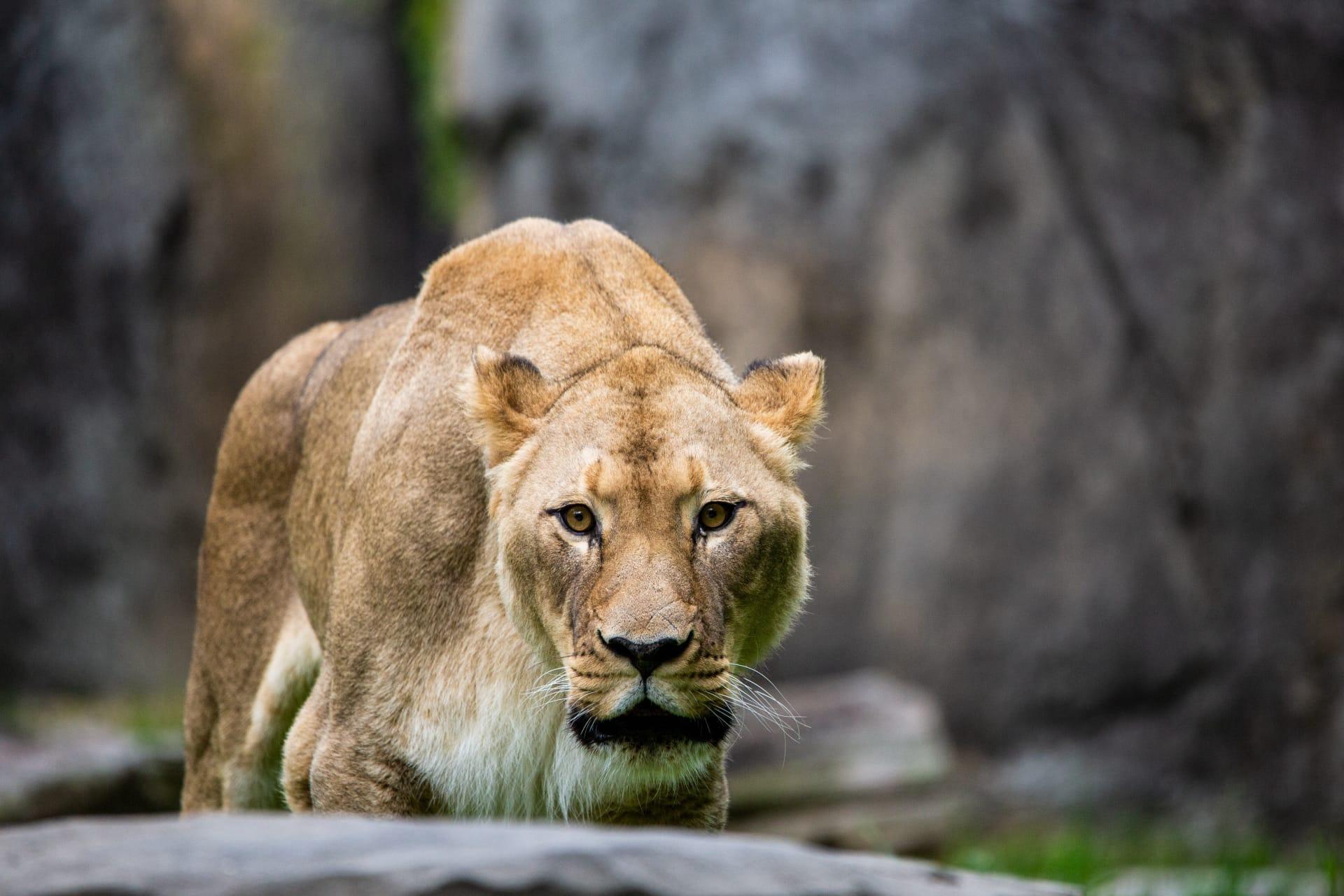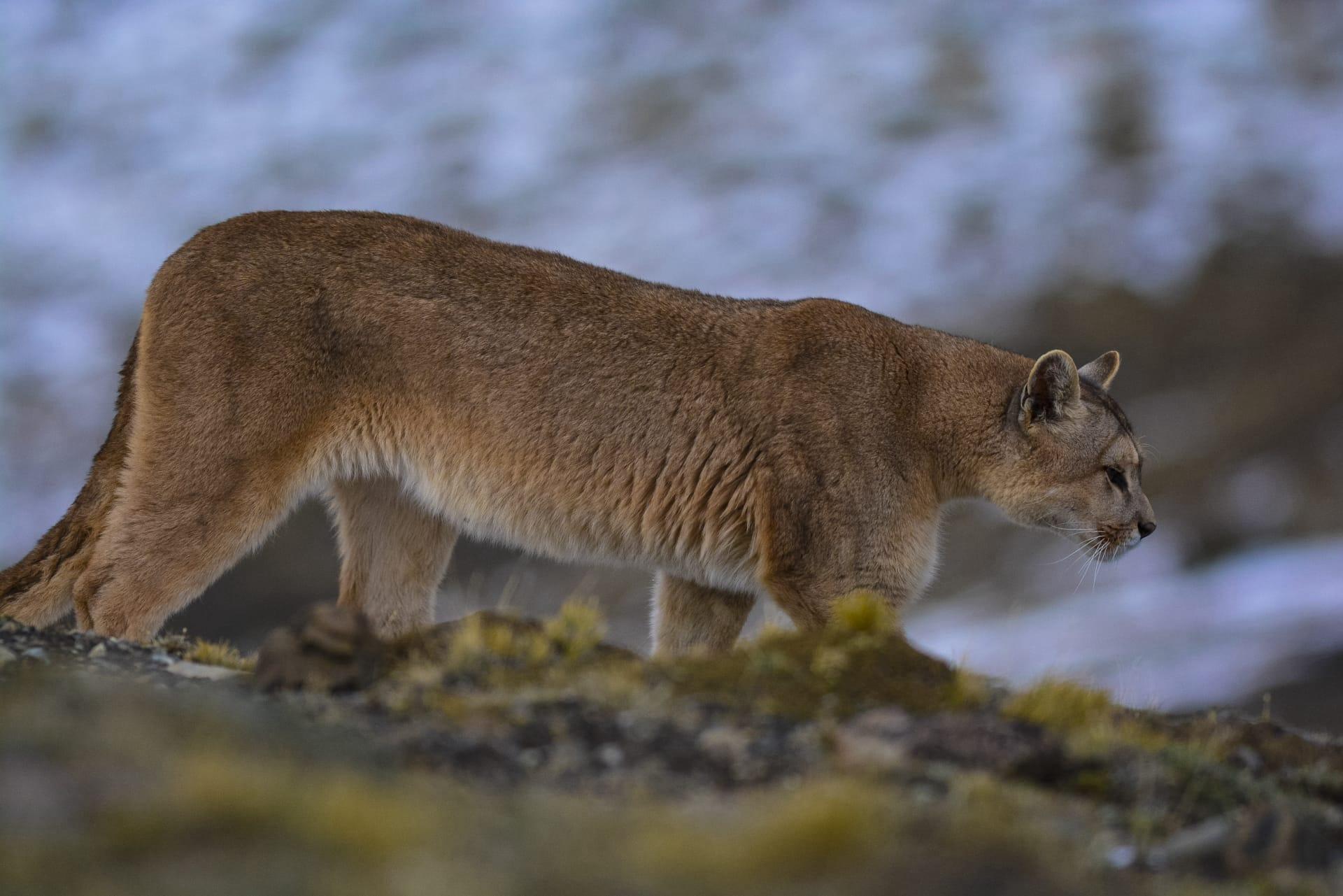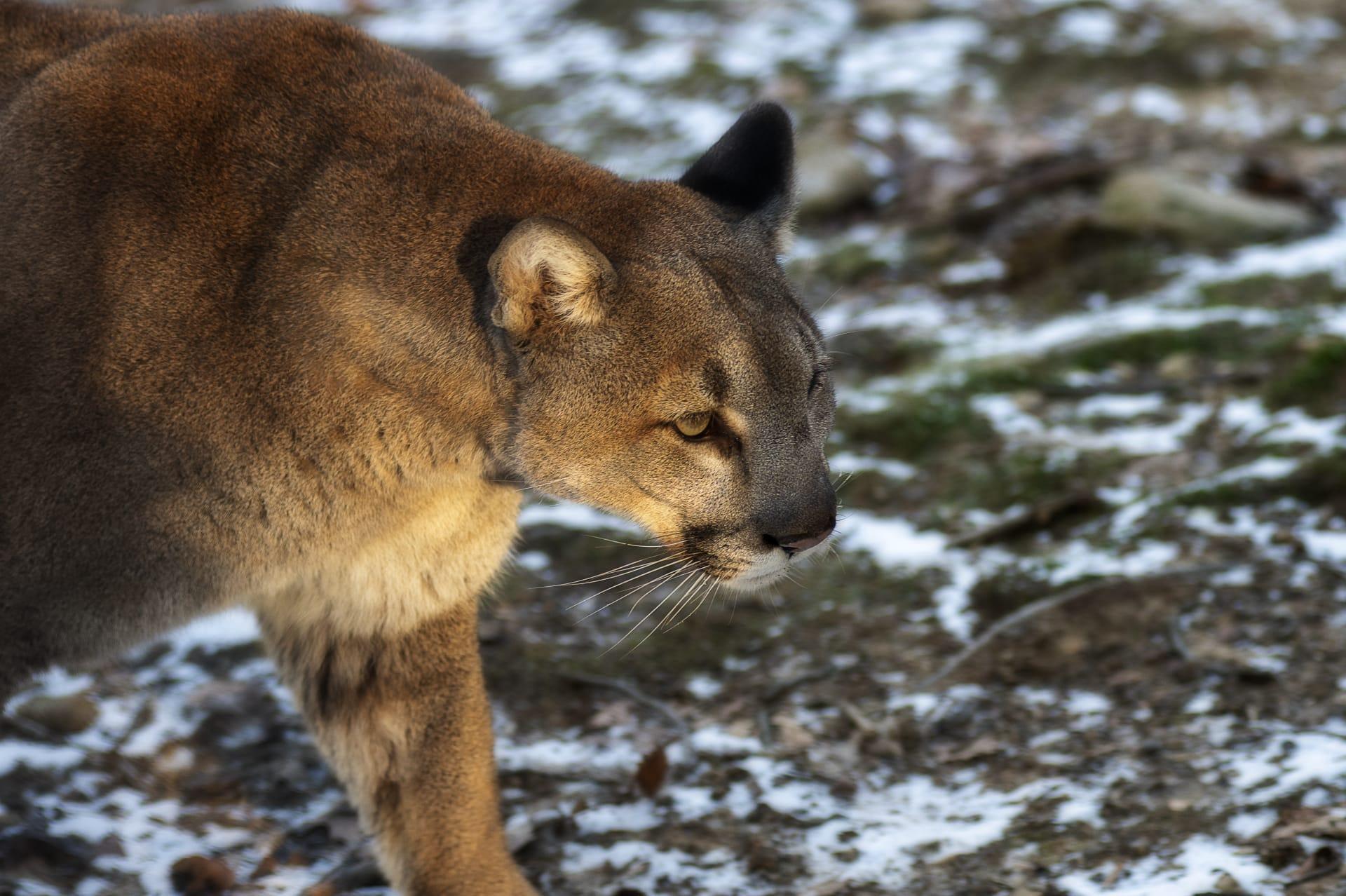Cougar Characteristics
- Home /
- Mini Encyclopedia /
- Animal /
- Cougar Characteristics
1
The majestic cougar, scientifically known as Puma concolor, boasts a fascinating array of physical features. These large cats typically weigh between 64 to 220 pounds, measuring about 7.5 to 8.5 feet in length, including their long tails which make up about a third of their total length. A remarkable aspect of their anatomy is their muscular build, which aids in their agility and power. They possess a lifespan in the wild ranging from 8 to 13 years, but under human care, they can live up to 20 years or more. Their coats vary in color from reddish-brown to silvery-grey or even black, providing camouflage in their diverse habitats.
One of the most distinctive organs of the cougar is its powerful and adaptable vocal cords, capable of producing a wide range of sounds. Unlike other big cats, cougars cannot roar. Instead, they have an extensive vocal range that includes growls, hisses, purrs, and the infamous cougar scream, often described as a high-pitched shriek resembling a human scream. This ability plays a vital role in their communication, especially during mating season, and in establishing territorial boundaries. The adaptability of these sounds allows cougars to convey different messages, from warning intruders to attracting potential mates.

2
Question: What do cougars eat and how do they hunt?
Answer: Cougars are apex predators and primarily feed on deer, though their diet is opportunistic and can include smaller animals like insects, rodents, and rabbits. They are solitary hunters, relying on stealth and powerful limb strength to pounce on their prey. Cougars use a blend of patience and stealth in their hunting approach, often leaping from a hiding spot to ambush their prey. They are capable of taking down animals much larger than themselves, thanks to their strong jaws and sharp claws. After a successful hunt, a cougar might drag its catch to a secluded area to eat in peace, often burying the remains to return to later.

3
Cougars are renowned for their exceptional athletic abilities. They are capable of running at speeds up to 50 miles per hour but only for short distances. A cougar's true strength lies in its incredible leaping and climbing abilities. They can leap as high as 18 feet vertically and up to 40 feet horizontally. This agility is essential for navigating the rugged terrains of their habitat and for ambushing prey.
When it comes to hunting, cougars employ a blend of stealth and power. They are primarily nocturnal hunters, using the cover of night to stalk their prey. Cougars often prefer to attack from above, using their strong hind legs to pounce onto the unsuspecting prey. Once the prey is captured, cougars use their powerful jaws to deliver a fatal bite to the neck, severing the spinal cord. This method is quick and efficient, ensuring that the prey is subdued with minimal struggle.

4
Cougars inhabit a wide range of environments, making them one of the most versatile big cats in terms of habitat. They are found in mountains, forests, deserts, and even swampy areas across the Americas. Adaptability is key to their survival, as they can thrive in both hot and cold climates. Cougars prefer regions with dense underbrush or rocky areas that provide cover for stalking prey and evading humans.
Reproduction and offspring are central to the cougar's life cycle. Females reach sexual maturity around two to three years of age and can breed any time of year, although there are peak seasons depending on the region. Gestation lasts approximately 91 days, resulting in a litter of one to six cubs. The mother raises the cubs alone, teaching them hunting skills and other survival tactics until they are ready to fend for themselves, usually around 15 months old. Cubs inherit their mother's territory or venture out to establish their own.

5
Book: "The Secret Life of Cougars" by Sarah Walker, published in the United States in 2010. This engaging book offers a comprehensive look into the mysterious world of cougars. Walker, a renowned wildlife biologist, combines years of research with vivid firsthand observations to paint a detailed picture of these elusive big cats. The book explores their habits, hunting techniques, and the challenges they face in the modern world. It's an insightful read for anyone interested in wildlife conservation and the intricate balance of nature.
Book: "Mountain Ghosts: The Cougar's Legacy" by David Winston, published in Canada in 2015. Winston's work delves into the historical and cultural significance of cougars throughout the Americas. The book covers the evolution, biology, and the often tumultuous relationship between humans and cougars. Through a blend of scientific research and narrative storytelling, Winston brings to life the majestic nature of these creatures and highlights the importance of their conservation in our ever-changing world.